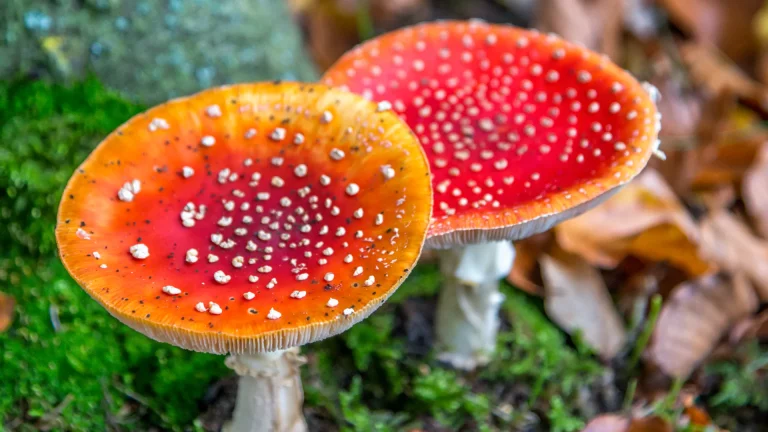Fly agaric, scientifically known as Amanita muscaria, has been enveloped in a shroud of myth and mystery for centuries. This iconic mushroom, easily recognized by its bright red cap speckled with white dots, has a history intertwined with folklore, religious rituals, and medicinal practices. Despite its notorious reputation for toxicity, recent explorations into the practical applications of fly agaric in modern medicine have begun to unveil its potential therapeutic benefits, particularly in the realms of neurology and psychology.
At the forefront of this exploration is the practice of microdosing, a technique that involves consuming small, sub-hallucinogenic doses of psychedelic substances. Fly agaric, in its various forms such as powder, capsules, and dried caps, is being cautiously investigated for its potential to alleviate symptoms of various neurological and psychological conditions. Unlike its more famous psychedelic counterparts, such as psilocybin mushrooms, the active compounds in fly agaric—muscimol and ibotenic acid—interact with the brain’s neurotransmitter systems in unique ways, offering a different therapeutic profile.
The process of preparing fly agaric for medicinal use is crucial to mitigate its toxic properties while preserving its beneficial compounds. Traditionally, the mushrooms are carefully dried, a process that converts some of the more toxic compounds (such as ibotenic acid) into muscimol, which is considered to have therapeutic properties. The dried caps can then be ground into a powder and encapsulated, making dosage more precise and consumption safer. This meticulous preparation enables practitioners and patients to explore the mushroom’s potential benefits with a higher degree of control and safety.
The therapeutic applications being investigated are diverse. Among them, the potential for fly agaric to aid in the treatment of conditions such as anxiety, depression, and even certain neurodegenerative diseases stands out. Early anecdotal evidence and preliminary studies suggest that microdosing with amanita mushrooms could help to modulate mood, enhance cognitive function, and even foster creative thinking. However, rigorous scientific research is necessary to fully understand the efficacy and safety of these applications, as well as the mechanisms by which the mushroom exerts its effects.
Interest in the medicinal use of fly agaric is growing, spurred by a broader acceptance of psychedelic substances in therapeutic contexts and a resurgence of interest in natural and traditional remedies. Online communities and vendors, such as Mushroom Mother offer fly agaric for sale for those interested in exploring their potential. Yet, it is imperative for consumers to approach with caution, seeking information and products from reputable sources, and, when possible, guidance from medical professionals experienced in psychedelic therapy.
The legal status of fly agaric varies by region, reflecting a complex landscape of regulatory attitudes towards psychedelic substances. In some areas, it is legal to possess and consume fly agaric for personal use, while in others, its use is restricted or prohibited. This legal ambiguity underscores the need for continued research and dialogue about the place of substances like fly agaric in medicine and society.
In conclusion, the practical use of fly agaric in modern medicine is an emerging field, rich with potential yet fraught with challenges. As research progresses, it may well redefine our understanding of this enigmatic mushroom, transforming it from a symbol of danger and mystique into a tool for healing and wellbeing. The journey of fly agaric from the forest floor to the medicine cabinet is a testament to the ever-evolving relationship between humans and the natural world, reminding us that even the most unlikely candidates can have a place in the pursuit of health and healing.
